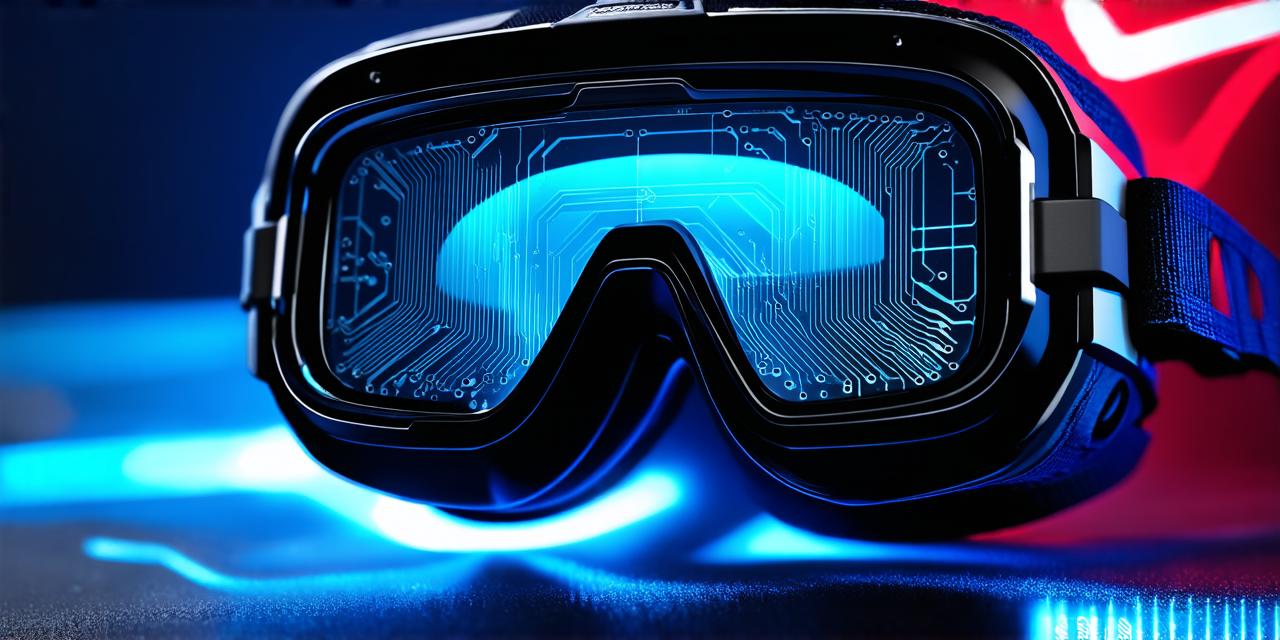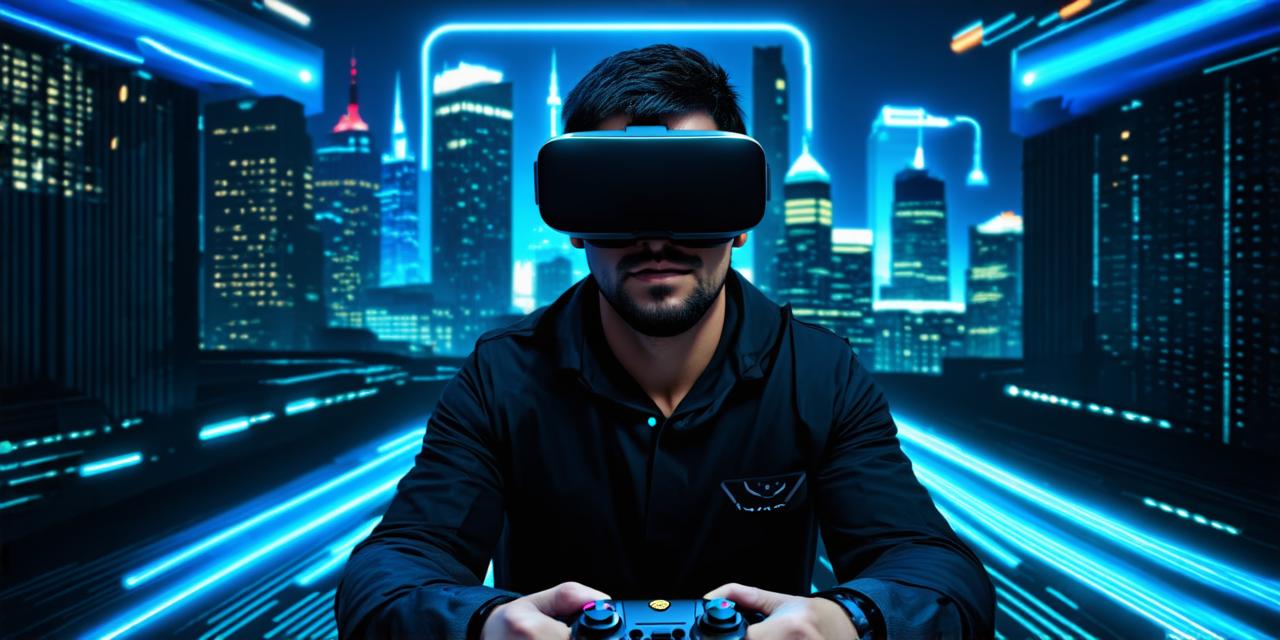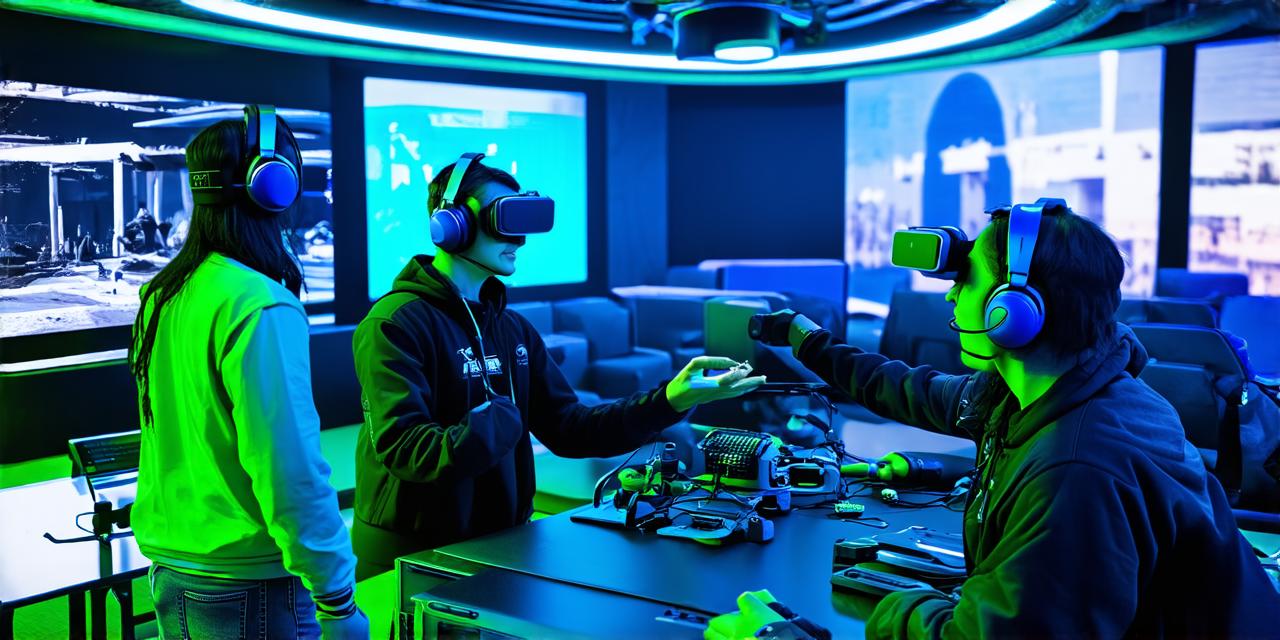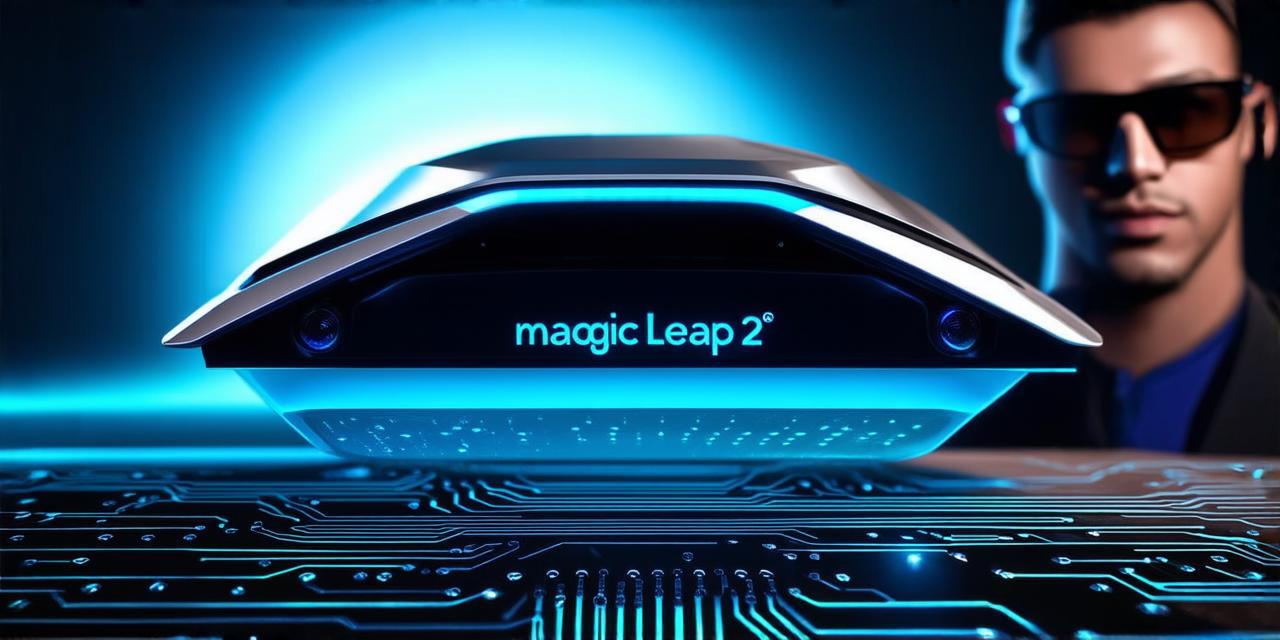Virtual reality (VR) technology is rapidly evolving and becoming increasingly popular. With virtual reality goggles, users can enter immersive digital environments that feel real to the touch and sight. However, many people are still unfamiliar with how VR goggles work. In this article, we will explore the inner workings of VR goggles and how they create an immersive experience for users.
What are Virtual Reality Goggles?
Virtual reality goggles are devices that allow users to enter a digital environment. These goggles use sensors and tracking technology to detect the user’s movements and adjust the display accordingly. The VR goggles have screens that cover both eyes, creating an illusion of depth and 3D. This allows users to feel as if they are in a real-world environment.
The main components of VR goggles include:
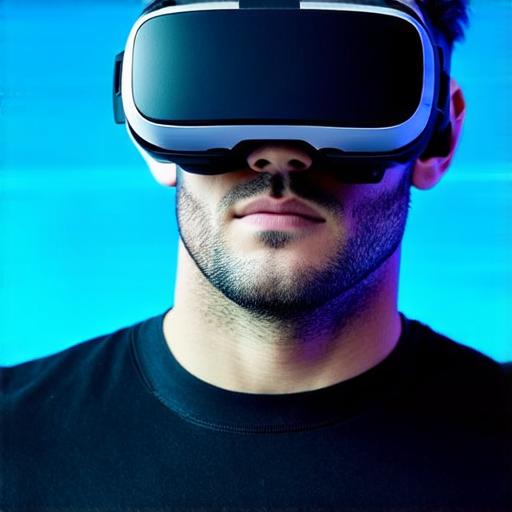
- Headset: The headset is worn on the user’s head and holds the screens.
- Display: The display screens are attached to the headset, one for each eye.
- Tracking sensors: These sensors are placed around the user’s body and track their movements.
- Computer: A computer is used to process the data from the tracking sensors and generate the virtual environment.
How do Virtual Reality Goggles Create an Immersive Experience?
Virtual reality goggles use a technique called stereoscopic display to create an immersive experience. Stereoscopic display means that the screens show slightly different images to each eye, which creates depth perception and makes objects in the virtual environment appear more realistic. The goggles also use headphones or speakers to provide a 3D audio effect, adding to the overall immersion.
How do VR Goggles Work with Other Devices?
Virtual reality goggles can work with other devices such as smartphones and computers to enhance the user experience. For example, a smartphone or computer can be used to control the VR environment or provide additional information about objects in the virtual world.
How do VR Goggles Differ from Augmented Reality Devices?
Virtual reality goggles and augmented reality (AR) devices are often used interchangeably, but they are different technologies. While both technologies allow users to interact with digital environments, virtual reality goggles create a fully immersive experience, while AR devices overlay digital information onto the real world.
How do VR Goggles Improve User Experience?
Virtual reality goggles can improve the user experience in several ways. Firstly, they provide a fully immersive experience that can be overwhelming for some users. However, this immersion can lead to increased engagement and a deeper understanding of the virtual environment.
Case Study: Virtual Reality Goggles in Education
Virtual reality goggles are being used more and more in education to enhance the learning experience. One example is the use of VR goggles in history and social studies classes. Students can use the goggles to explore historical events or visit different parts of the world without leaving the classroom.
How do Virtual Reality Goggles Affect the Brain?
Virtual reality goggles can affect the brain in several ways. Firstly, they stimulate the visual and auditory senses, which can lead to increased engagement and a deeper understanding of the virtual environment.
How do Virtual Reality Goggles Affect the Future of Work?
Virtual reality goggles are likely to have a significant impact on the future of work. One example is the use of VR goggles for remote collaboration. With VR goggles, employees can work together in virtual environments, allowing them to collaborate with colleagues from different parts of the world.
FAQs
Virtual reality goggles work by using sensors and tracking technology to detect the user’s movements and adjust the display accordingly. They also require a computer with powerful hardware and software to generate the virtual environment.
Yes, virtual reality goggles are different from augmented reality devices. Virtual reality goggles create a fully immersive experience, while AR devices overlay digital information onto the real world.
Virtual reality goggles provide a more immersive and engaging experience than traditional media. They also allow for more realistic interactions with objects in the virtual world.
Virtual reality goggles stimulate the visual and auditory senses, causing changes in the brain’s reward centers and affecting spatial processing abilities.
Virtual reality goggles are likely to be used for remote collaboration, training and education, and immersive marketing and advertising experiences.
